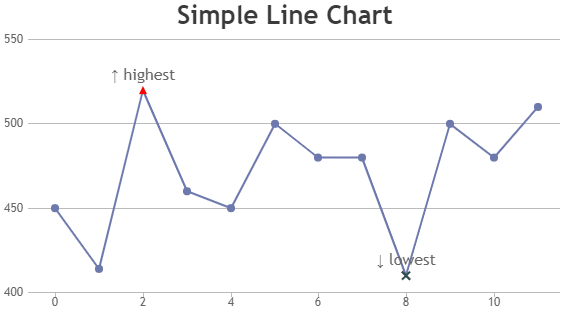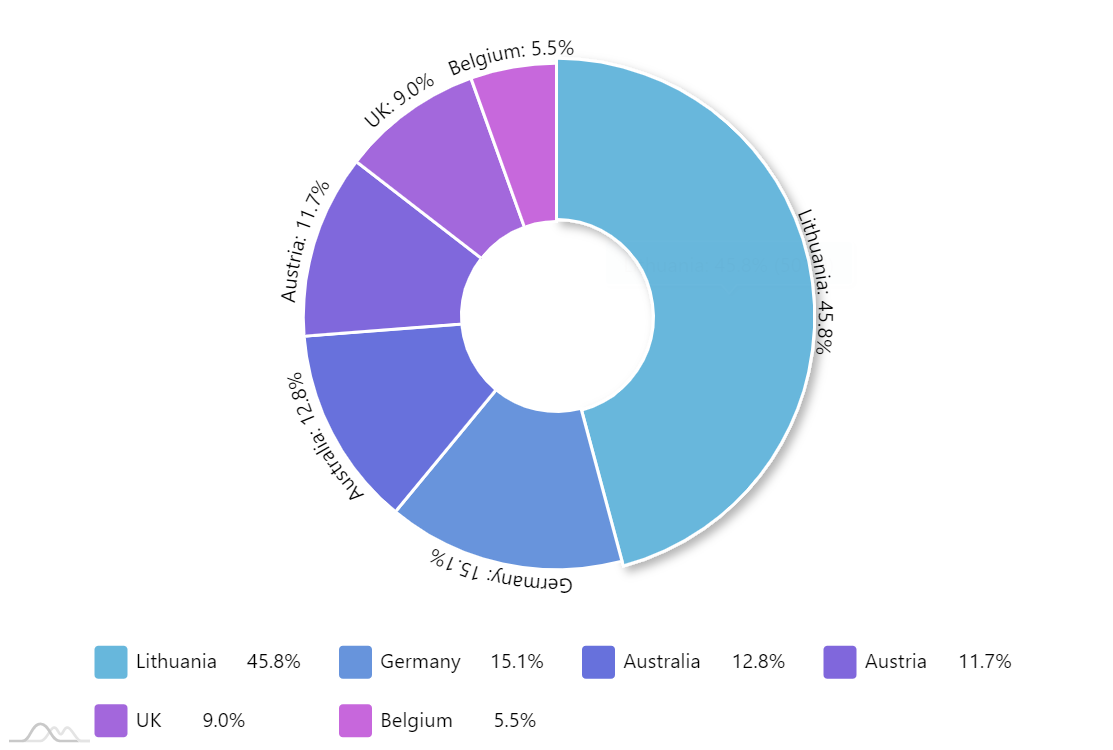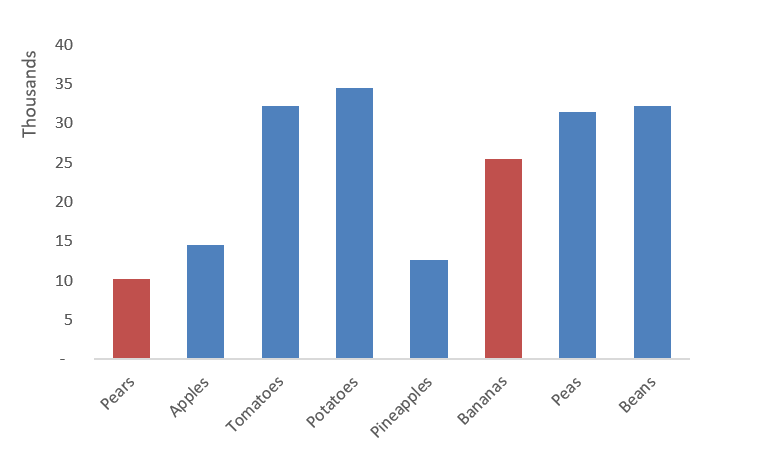Read: 12 - Docs for the HTML
EASILY CREATE STUNNING ANIMATED CHARTS WITH CHART.JS
Charts are far better for displaying data visually than tables and have the added benefit that no one is ever going to press-gang them into use as a layout tool. They’re easier to look at and convey data quickly, but they’re not always easy to create.

Setting up
The first thing we need to do is download Chart.js. Copy the Chart.min.js out of the unzipped folder and into the directory you’ll be working in. Then create a new html page and import the script:
<script src=’Chart.min.js’></script>
Drawing a line chart
1-To draw a line chart, the first thing we need to do is create a canvas element in our HTML in which Chart.js can draw our chart. So add this to the body of our HTML page:
<canvas id=”buyers” width=”600” height=”400”></canvas>
2-Next, we need to write a script that will retrieve the context of the canvas, so add this to the foot of your body element:
<script>
**var buyers** =** document.getElementById***('buyers')*.getContext*('2d')*;
new Chart*(buyers)*.Line*(buyerData)*; </**script**>
3-Inside the same script tags we need to create our data, in this instance it’s an object that contains labels for the base of our chart and datasets to describe the values on the chart. Add this immediately above the line that begins** ‘var buyers=’**:
var buyerData = {
labels : ["**January","February","March","April","May","June**"],
datasets : [
{
fillColor : **"rgba(172,194,132,0.4)**",
strokeColor :** "#ACC26D"**,
pointColor :** "#fff"**,
pointStrokeColor : "**#9DB86D**",
data : [**203,156,99,251,305,247**]
}
] }

Drawing a pie chart
1-Our line chart is complete, so let’s move on to our pie chart. First, we need the canvas element:
<canvas id=“countries” width=”600” height=”400”></canvas>
2-Next, we need to get the context and to instantiate the chart:
var countries=* document.getElementById* (“countries”).getContext(“2d”);
new Chart (countries) .Pie(pieData, pieOptions);
3-Next we need to create the data. This data is a little different to the line chart because the pie chart is simpler, we just need to supply a value and a color for each section:
var pieData = [
{
*value: 20,
color:"#878BB6"*
},
{
* value : 40,
color : "#4ACAB4"*
},
{
*value : 10,
color : "#FF8153"*
},
{
*value : 30,
color : "#FFEA88"*
} ];
4-Now, immediately after the pieData we’ll add our options:
var pieOptions = {
*segmentShowStroke : false,
animateScale : true* }

Drawing a bar chart
1-Finally, let’s add a bar chart to our page. Happily the syntax for the bar chart is very similar to the line chart we’ve already added. First, we add the canvas element:
<canvas id=“income” width=”600” height=”400”></canvas>
2-Next, we retrieve the element and create the graph:
var income = document.getElementById(“income”).getContext(“2d”);
new Chart(income).Bar(barData)
3-And finally, we add in the bar chart’s data:
var barData = {
**labels**: [*"January","February","March","April","May","June"*],
**datasets** : [
{
*fillColor : "#48A497",
strokeColor : "#48A4D1",
data : [456,479,324,569,702,600]
},*
{
*fillColor : "rgba(73,188,170,0.4)",
strokeColor : "rgba(72,174,209,0.4)",
data : [364,504,605,400,345,320]*
}
] }
